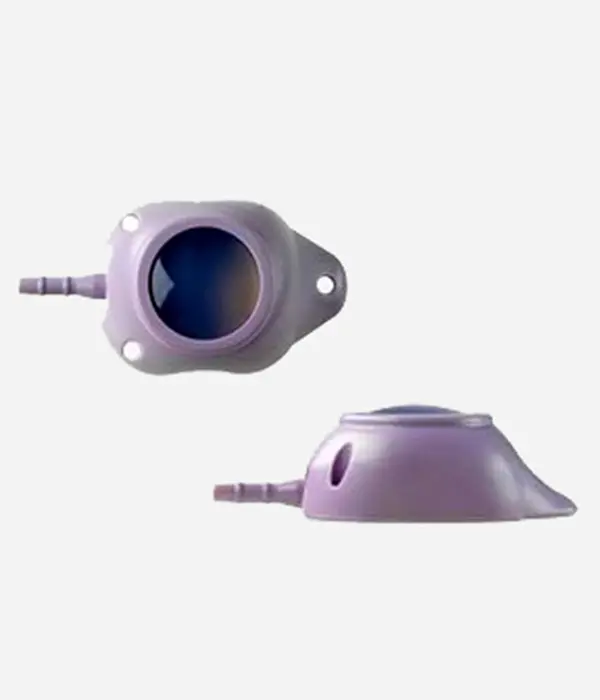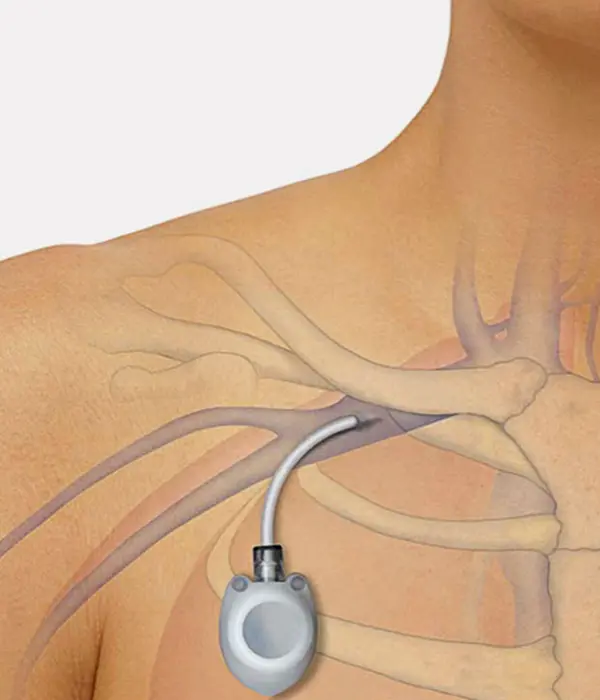Chemoport Placement
Breast cancer treatments often involve cycles of chemotherapy over months. A chemoport spares veins from damage and makes the experience more manageable.

It’s very common for breast cancer patients to have a chemoport, especially if treatment involves drugs like doxorubicin, cyclophosphamide, paclitaxel, or combinations (like AC-T regimen)
A chemoport (short for chemotherapy port) is a small medical device implanted under the skin, usually in the chest, to make it easier to give chemotherapy (and sometimes to draw blood) without needing repeated needle sticks in the arm veins. It’s commonly used for patients undergoing breast cancer treatment if they are expected to need multiple rounds of chemotherapy.
Specific to breast cancer
Breast cancer treatments often involve cycles of chemotherapy over months. A chemoport spares veins from damage and makes the experience more manageable. It’s very common for breast cancer patients, especially if treatment involves drugs like doxorubicin, cyclophosphamide, paclitaxel, or combinations (like AC-T regimen).





